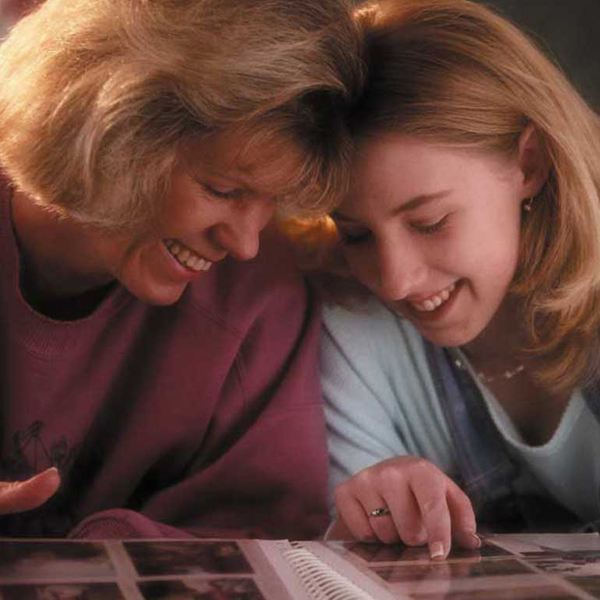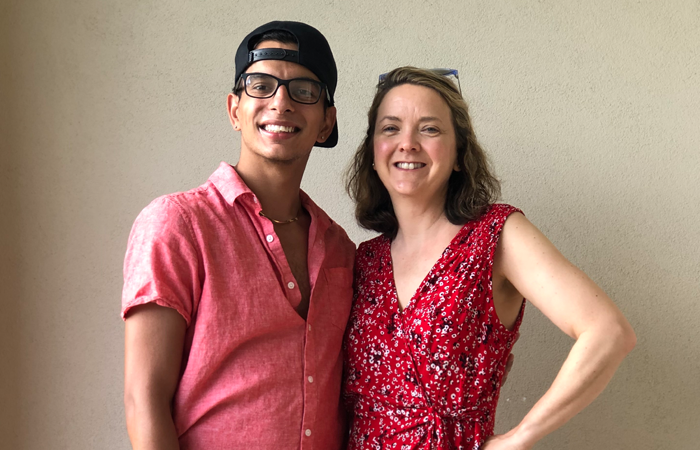When Amy thought about raising a daughter, she dreamed about a little girl in a pink tutu. Amy’s family had never had the money for dance lessons when she was a girl. But Amy was determined that things would be different for her daughter. Her little girl would be a dancer.
When Amy and her husband adopted Maryann, they signed her up for ballet lessons as soon as she could walk. Their years were filled with dance rehearsals and recitals; the little girl’s closets bulged with costumes in every color of the rainbow.
Then one day, 13-year-old Maryann put her foot down. “I hate ballet. I’m not going anymore.” Her mother was saddened at the thought of losing her little dancer, but even more shocked to realize that her daughter didn’t share her dream.
Such scenarios are hardly exclusive to adoption. It’s the rare parent who doesn’t (somewhere in his or her soul) wish for a child who can be the scholar, swimmer, or scientist they once were or wished they could be. But for adoptees, such expectations can be especially potent.
On average, adoptive parents are older and therefore have waited longer to have children; their fantasies have had time to root deeply. Adopted children, eager to please, might be more prone to accept the parental plan without complaint. That’s why, with adolescence, rebellion can be all the more surprising.
“From the earliest moments of puberty, adoptees wonder who they are and who they are like as developing adults,” writes Elinor B. Rosenberg in The Adoption Life Cycle. Separation is the classic task of this age group, and it’s not at all unusual for children to compare their bodies and their interests to those of their parents. However, the adopted adolescent has not one, but two, sets of parents to compare herself to.
In the case of Maryann, there are any number of explanations for her rejection of ballet. She may simply have no longer enjoyed dancing. She might have realized that this passion was more her mother’s dream than her own. Or puberty might have brought Maryann a body that didn’t fit the classical dancer’s silhouette. If that body was very unlike her adoptive mother’s, then Maryann might have been left to ask whom she did resemble.
Such questions often lead adopted adolescents to think about their shadow family, the one they are linked to through biology. Thus for Maryann, rejecting ballet might actually have been a way of identifying with another mother — one who probably had no interest in ballet.
Unraveling this Gordian knot of intentions is difficult for adoptive parents. But they can be tuned in to subtleties and, through conversation, help their children analyze motives. Know, however, that the best help will come from a parent who is clear about her own motivations. As children grow, they come to follow their own dreams. If we do our jobs well, we’ll listen to our child’s longings and not our own.


